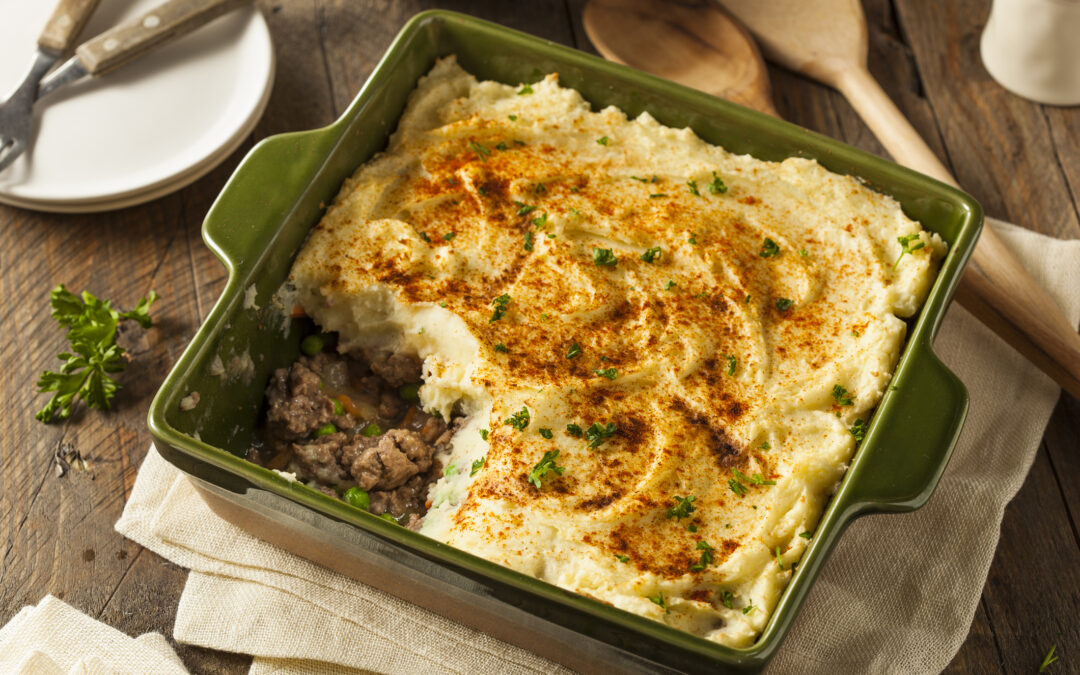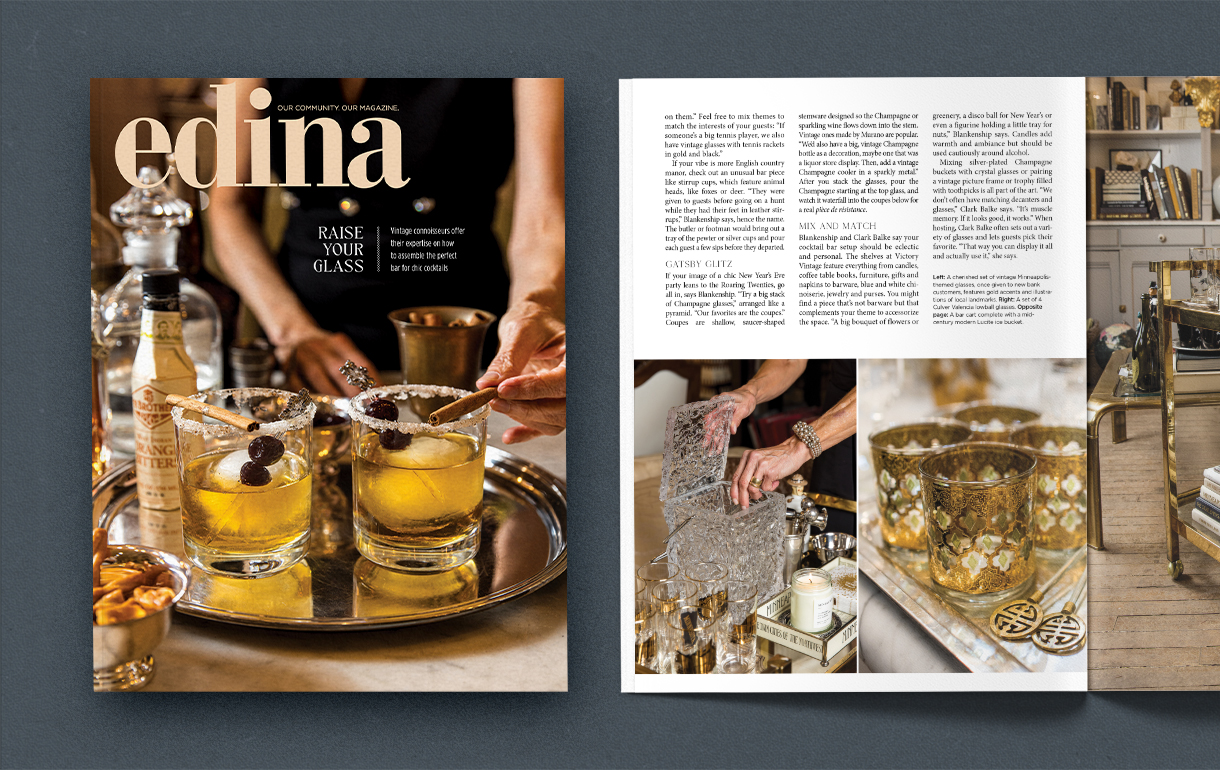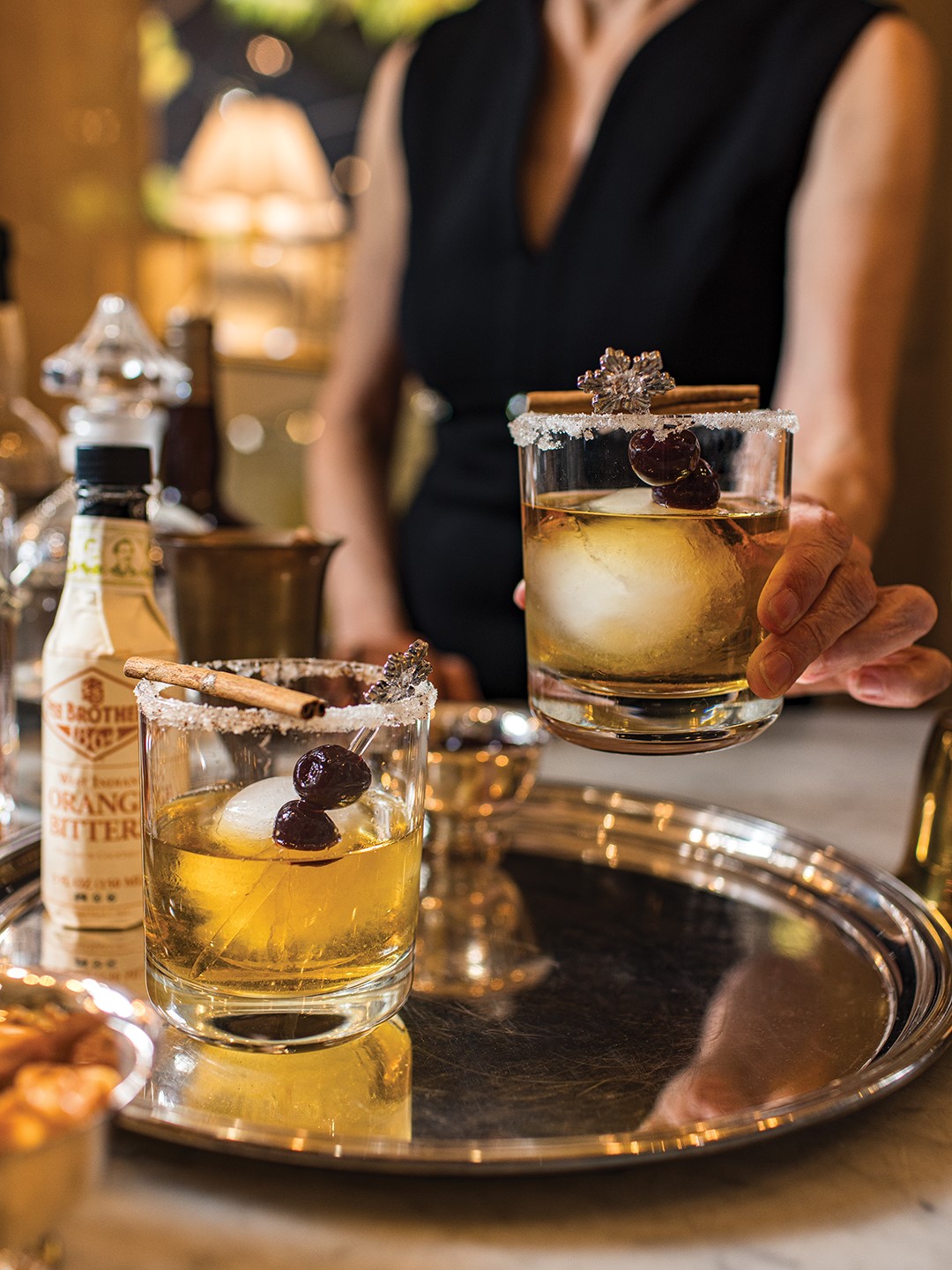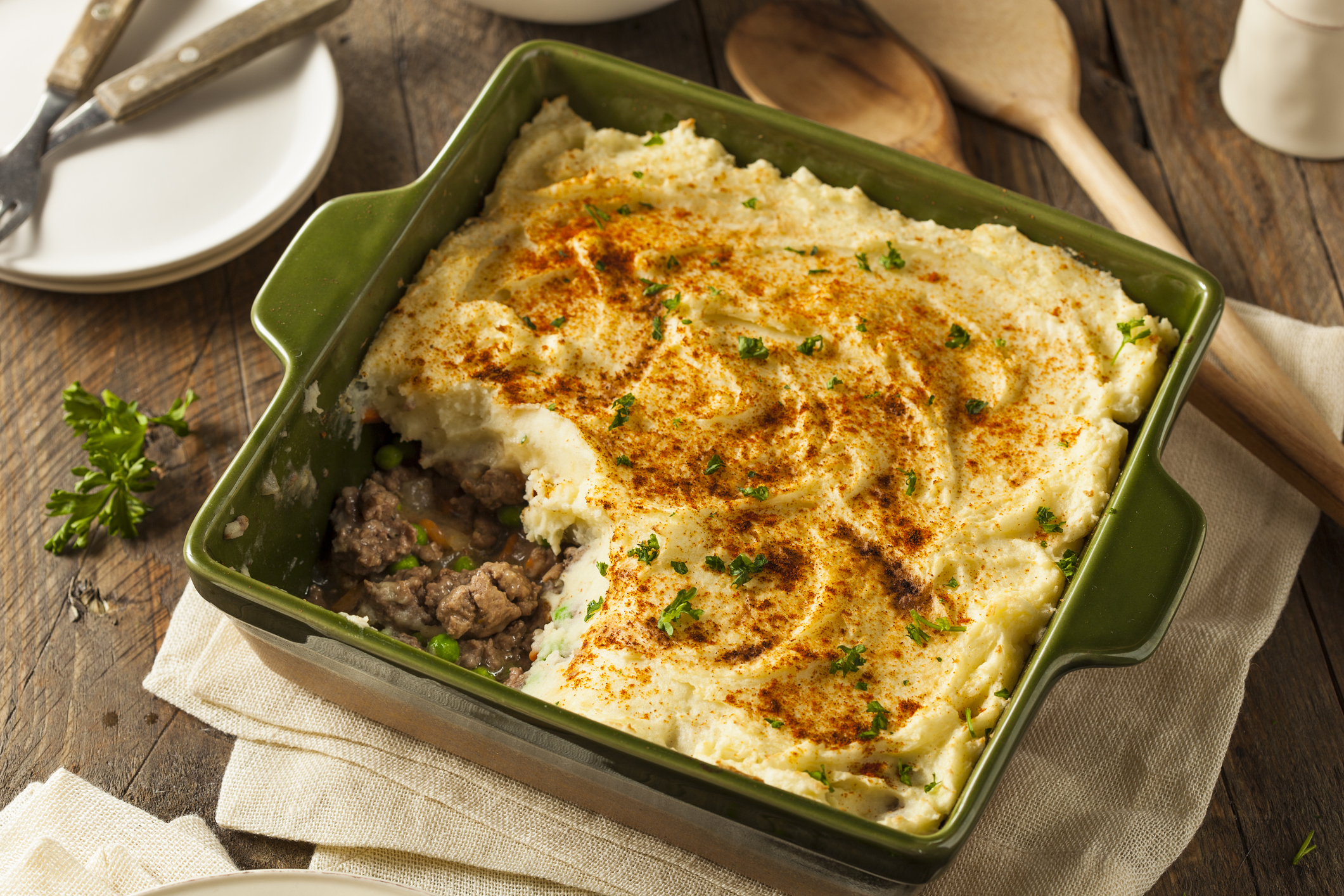
iStock/AnnaPustynnikova
Don’t wing it when it comes to Thanksgiving dinner.
For those who are interested in traveling the culinary road not taken, we’ve collected some cooking vocabulary that can help clear the path to Destination Yum.
Au gratin vs gratin dauphinoise: au gratin includes slices of precooked potatoes cooked in cream and topped with cheese; dauphinoise includes slices of uncooked potatoes cooked in cream. (Don’t go the boxed route for au gratin potatoes; fresh is best, especially for the holidays.)
Braising: uses wet and dry heat with food sautéed or seared and finished in a covered pot in low temperature with a liquid.
Brine: a salt solution, typically featuring fresh herbs and fruit, used to marinate turkey, for example, to provide for moist, flavor-infused meat. (Trust us; it’s worth doing to give your turkey an extra trot to the table.)
Compote vs chutney vs coulis: compote features fresh or dried fruit slowly cooked in a sugar syrup; chutney is a combination of fruit, vinegar, sugar and spices; and coulis is simply a fruit (or veggie) puree.
Crimping: the technique of pleating or adding a ruffled edge to pie dough, along the upper edge of the pie plate. (It’s all the presentation, so mastering this is half the battle of making homemade crust.)
Crumble vs buckle vs betty: crumbles are typically stewed fruit and a topping mixture of butter, flour and sugar; buckle is fruit and cake baked with a streusel topping; and betty includes fruit layered between or on top of bread crumbs or cubes.
Duchess baked potatoes: fancy-pants mashed potatoes, which are prepared, piped into decorative, individual swirls and browned. (Impress the mother-in-law with these numbers!)
Galette: a flat, round pastry or bread that holds a sweet or savory filling.
Giblets: liver, heart, gizzard (part of the stomach) and neck of fowl (used to flavor gravy, stuffing and soup).
Gremolata: made with chopped parsley, garlic and lemon zest (accompanies a protein).
Hasselback potatoes: arrived thanks to the Hasselbacken Hotel’s restaurant in Sweden. Spuds are sliced (not all the way through the potato) into thin slices (presentation grade: A+).
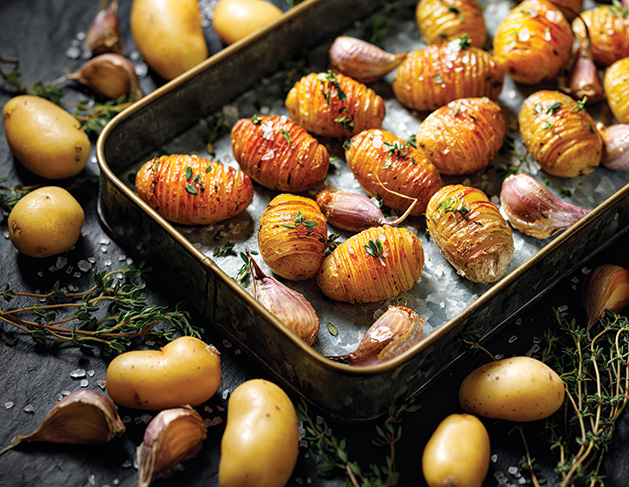
iStock/zi3000
Kabocha squash: winter squash, also known as a Japanese pumpkin.
Minced meat: a finely chopped mixture of boiled meat, suet and apples with spices and raisins. (Calm yourselves; not all versions include meat.)
Roux: typically equal parts fat (we like butter!) and flour to start sauces or gravy.
Sorghum: used by cooks as a sweetener (ask your Southern friends about it) and can be ground into flour and used as substitute for wheat flour.
Spatchcocked vs butterfly: Same thing! You just sound more “chefy” if you refer to splitting a chicken by removing the backbone to flatten it for better cooking as spatchcocking.
Spoon bread (typically a soft cornbread served with—a spoon!) vs bread pudding (slices of bread baked with dried fruit, sugar, spices and eggs).
Stock (made from bones) vs broth (made from meat or veggies). So if you want to feed your skin, nails and hair, stick to stock—it’s full of collagen.
Stuffing vs dressing: Here’s where the dinner table arguments begin. The ingredients for stuffing and dressing are basically the same. What’s different is how they’re cooked. Stuffing goes IN the bird; dressing hangs out in a casserole dish in the oven or a pot on the stove.
Tian: finely chopped vegetables that are cooked in olive oil then baked au gratin (see above for definition).
Yam vs sweet potato: We’re betting 90 percent of us have been calling these Thanksgiving staples the wrong name. Often, an item labeled “yam” is actually a soft sweet potato (copper skin and orange flesh); items labeled “sweet potato” are firm sweet potatoes with golden skin and light flesh. Will the real yams please stand up? Real yams have black/brown skin and white, purple or reddish flesh. When in doubt, does it really matter?



